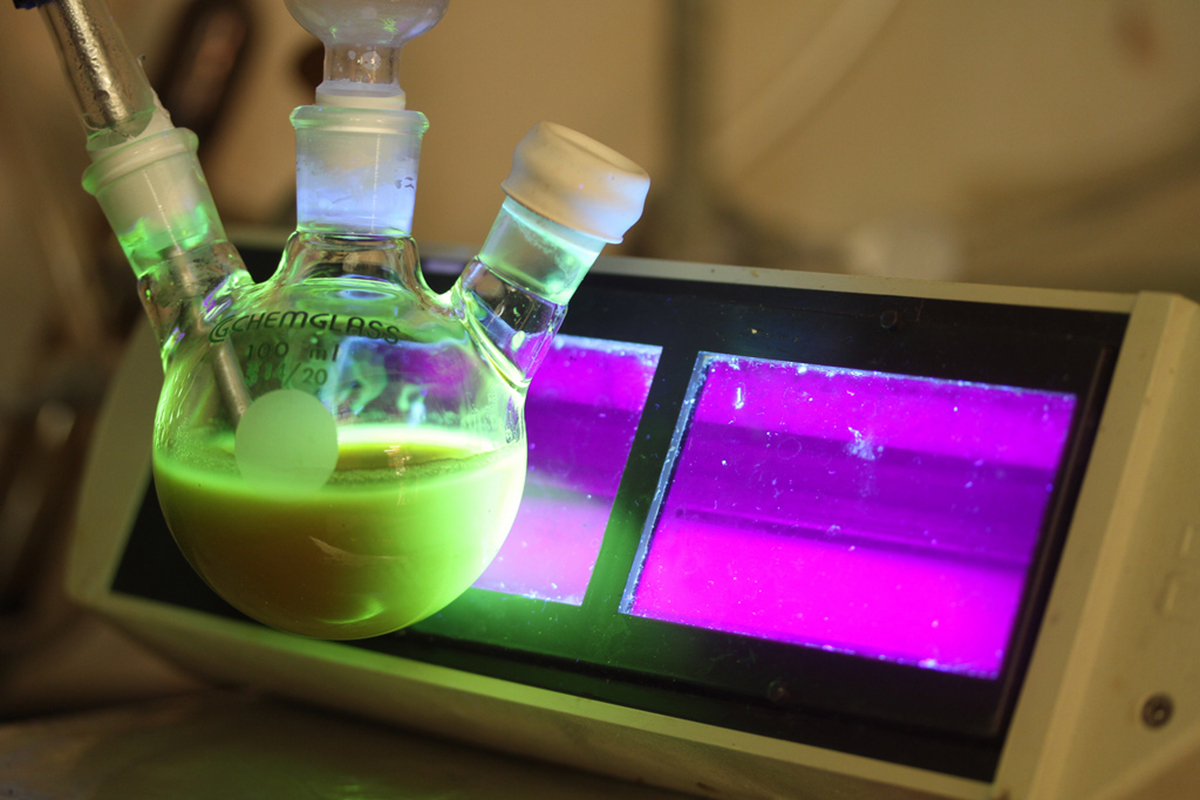Table of Contents
The problem with using luteolin and similar plant chemicals in cancer treatment has always been that the amount of the needed chemical in the bloodstream does not necessarily match the amount of the needed chemical in the diet.

In January of 2014 Dr. Dong Moon Shin, a professor of hematology and medical oncology, and his collaborators at the Winship cancer research foundation at Emory University in Atlanta, in the United States, announced in the prestigious journal Cancer Prevention Research that they had successfully tested a new method of delivering luteolin to the cells that need it. By imbedding luteolin in a water-soluble polymer, Dr. Shin and coworkers were able to build up high levels of luteolin in the bloodstreams of laboratory animals. Moreover, the Emory University researchers found that increasing luteolin concentration in the bloodstream helped fight hard-to-treat lung and neck cancers.
This nanotechnology breakthrough may have many applications beyond the use of luteolin. Researchers at the Mayo Hospitals in Rochester, Minnesota, for example, have found that green tea polyphenols are extremely useful in treating certain kinds of leukemia. The problem with the polyphenols is that it would be necessary to drink 40 to 100 cups of green tea a day to get the right amount "naturally."
See Also: If People Made Simple Lifestyle Changes, One-Third Of Common Cancers Could Be Prevented
Even the use of green tea extracts requires taking lots of capsules to get the right dose. Similarly, curcumin is helpful in most stages of most kinds of cancer. The dosages used in clinical trials, however, range up to 8,000 mg per day, about 20 to as many as 50 capsules.
The digestive tract doesn't necessarily break down all the capsules efficiently. Some of the needed natural product is simply flushed away. This nanotechnology breakthrough, however, may make it possible for conventional medicine to use natural products in precise doses for maximum effect in the treatment of cancer. It may not be necessary to create a new drug requiring years of expensive testing. It may only be necessary to use the medicines nature has already provided in a new, smarter way.
- Johnson, Kelley, KW, Johnson, RW (May 2008). "Luteolin reduces IL-6 production in microglia by inhibiting JNK phosphorylation and activation of AP-1". Proc. Natl. Acad. Sci. U.S.A. 105 (21): 7534–9. doi:10.1073/pnas.0802865105. PMC 2396685. PMID 18490655.
- López-Lázaro M. (2009). "Distribution and biological activities of the flavonoid luteolin". Mini Rev Med Chem. 9 (1): 31–59. doi:10.2174/138955709787001712. PMID 19149659.
- Photo courtesy of Lalithamba by Flickr : www.flickr.com/photos/45835639@N04/9943937084/
- Photo courtesy of National Cancer Institute News & Public Affairs by Flickr : www.flickr.com/photos/ncimedia/8009860203/


Your thoughts on this